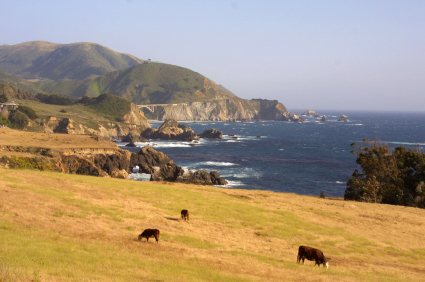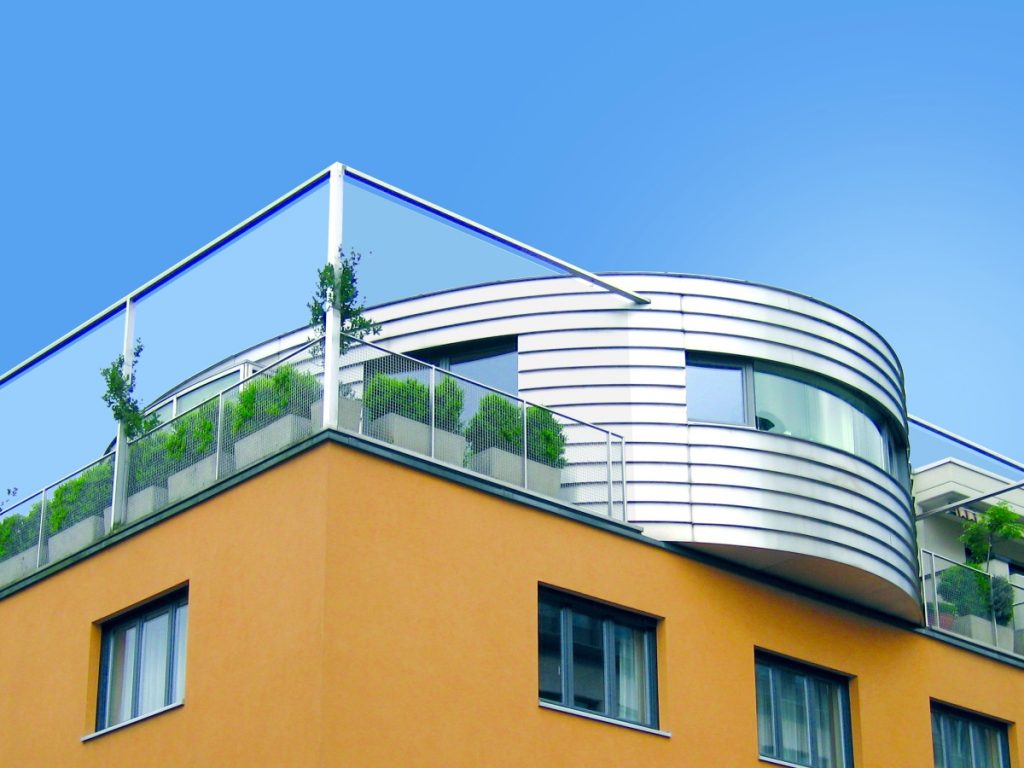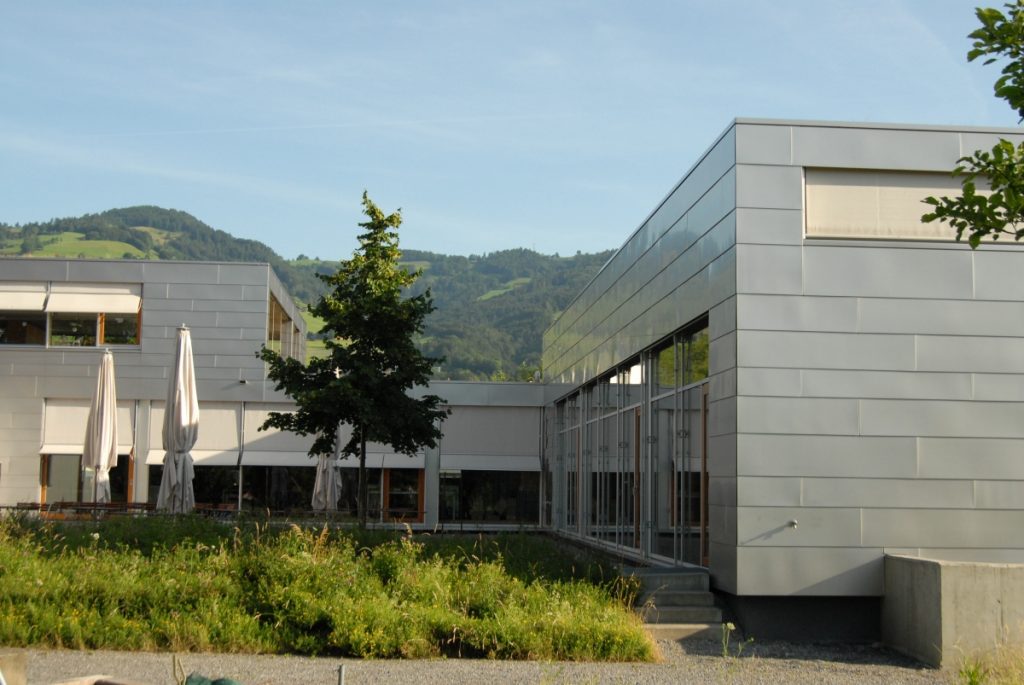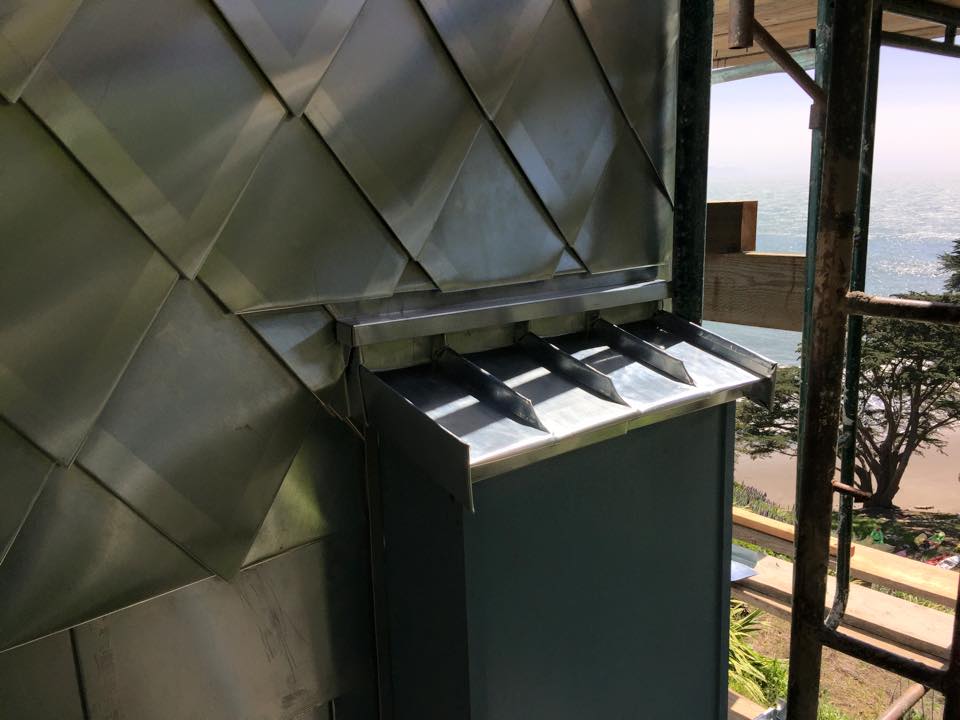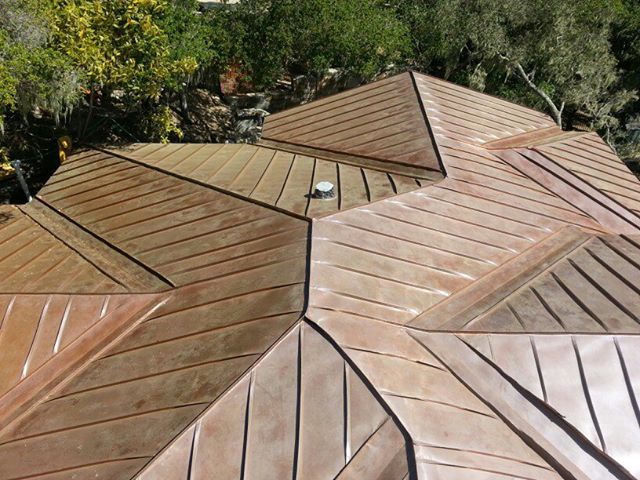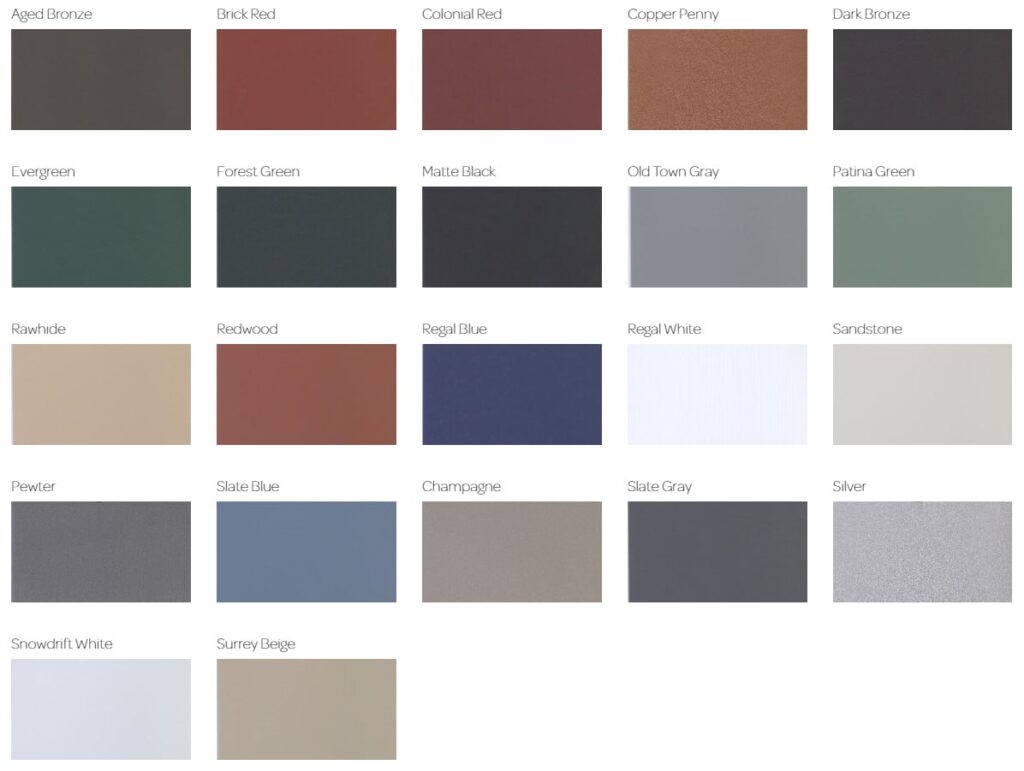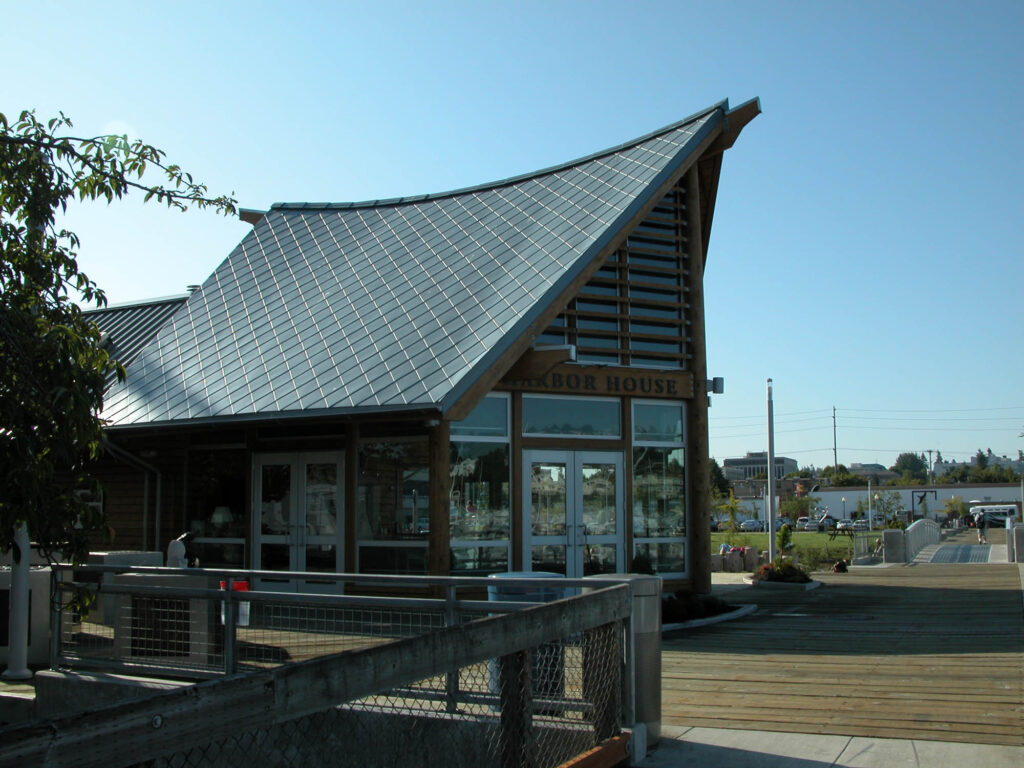
PVDF Painted Galvalume & Aluminum
We’ll be discussing mainly natural metals here, but if your heart is set on colors, a PVDF “Kynar” painted metal is the way to go…with some provisions. In order to be compliant and eligible for the 35 year material warranty, the mill stipulates that your building must be at least 2,800 feet from the waterfront. (For frame of reference, one mile is 5,280 feet.) Now. If your building is closer, don’t worry. We just need to add an extra step. We work with a lab which produces specialty marine grade paint. Pick out any color you like and they’ll match it for you. Once you sign off on the matched color, you’ll be good to go and eligible for a full material warranty. You can have the ocean directly in your front yard, and the warranty will apply.
The next question then becomes whether to select galvalume (steel) or aluminum for the substrate. There are a number of factors which will determine your best choice such as if your building will expect snow or whether the application is for roof or wall. The best answer in this case is to let us know your situation and we’ll help you go from there.

